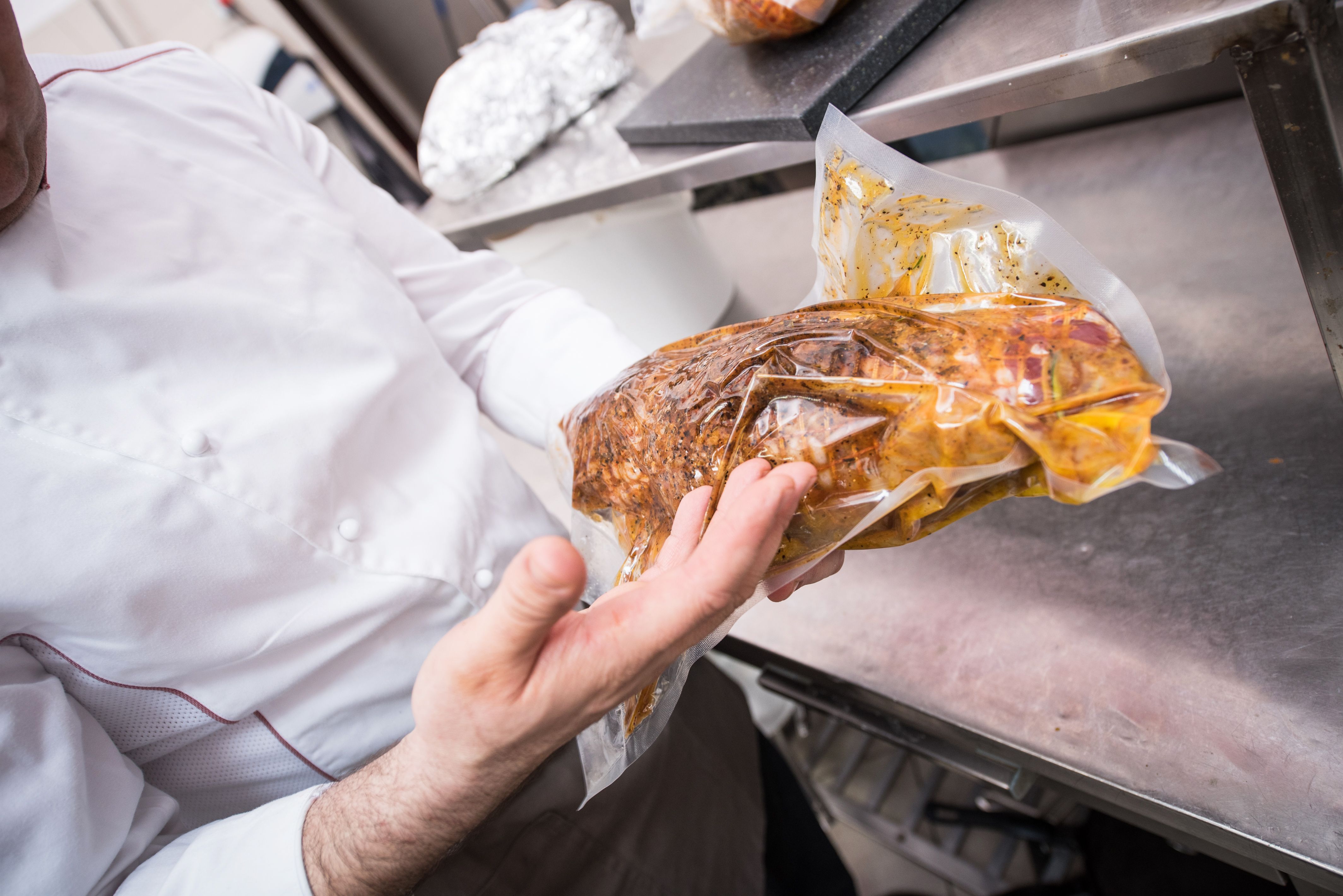Sous-Vide Mastery: Achieving Tender Perfection with Precision Cooking
Introduction to Sous-Vide Cooking
For culinary enthusiasts and home chefs alike, the art of sous-vide cooking offers a revolutionary way to achieve impeccable results every time. The term "sous-vide" means "under vacuum" in French, and it involves cooking food at precisely controlled temperatures in a water bath. This technique ensures uniform cooking, locking in flavors and retaining moisture.
The Science Behind Sous-Vide
Sous-vide cooking works by immersing vacuum-sealed food in a water bath maintained at a consistent temperature. This method allows for precise control over the doneness of your food, ensuring that it is cooked evenly throughout. Unlike traditional methods, there is no risk of overcooking, as the food cannot exceed the temperature of the water.
This technique is particularly beneficial for proteins like steak, chicken, and fish, where achieving the perfect texture is crucial. By using sous-vide, you can eliminate the variability that typically comes with grilling or pan-searing.
Essential Equipment for Sous-Vide
To get started with sous-vide cooking, you'll need a few essential tools:
- Immersion circulator: This device heats and circulates water in the bath, maintaining an even temperature.
- Vacuum sealer: While not absolutely necessary, a vacuum sealer removes air from the bag, improving heat transfer and ensuring better results.
- Heat-safe bags: Special bags designed for sous-vide can withstand high temperatures without breaking down.

Steps to Master Sous-Vide Cooking
Achieving culinary perfection with sous-vide involves a few simple steps:
- Preparation: Season your food as desired and place it in a heat-safe bag. Seal the bag using a vacuum sealer or the water displacement method.
- Cooking: Set the immersion circulator to the desired temperature and immerse the sealed bag into the water bath. Cooking times can vary depending on the type of food and its thickness.
- Finishing: Once cooked, finish your dish by quickly searing it on high heat to develop a flavorful crust.
This method allows you to prepare meals in advance, leaving only the final sear for when you're ready to serve.
Sous-Vide for Vegetables and Desserts
Sous-vide isn't just for proteins; it can also enhance the flavors and textures of vegetables and even desserts. Vegetables retain their vibrant colors and nutrients, while desserts like crème brûlée achieve a perfectly creamy consistency.

Cooking vegetables sous-vide involves setting the circulator to a slightly higher temperature than with meats, ensuring they reach the desired tenderness. For desserts, precise temperature control helps avoid curdling or drying out.
Why Choose Sous-Vide?
One of the most compelling reasons to choose sous-vide is its ability to consistently deliver restaurant-quality results. The precision of this technique ensures that each bite is tender and flavorful, making it an excellent choice for entertaining guests or treating yourself to a gourmet meal at home.
Sous-vide cooking offers unparalleled convenience. You can prepare meals ahead of time, allowing you to focus more on presentation and less on last-minute preparations.
Conclusion
Sous-vide mastery is within reach for any home chef willing to embrace this innovative approach. With the right equipment and a little practice, you can transform your kitchen into a hub of culinary excellence, impressing family and friends with dishes that are both delicious and perfectly cooked.

